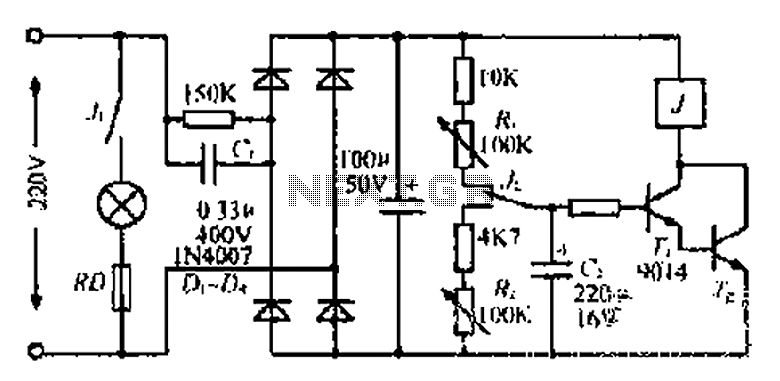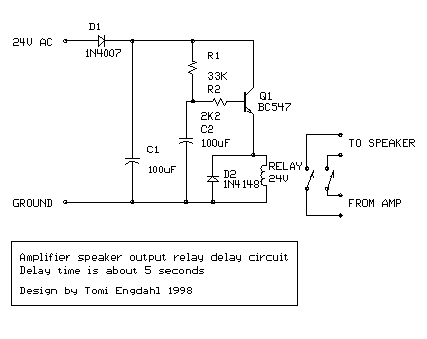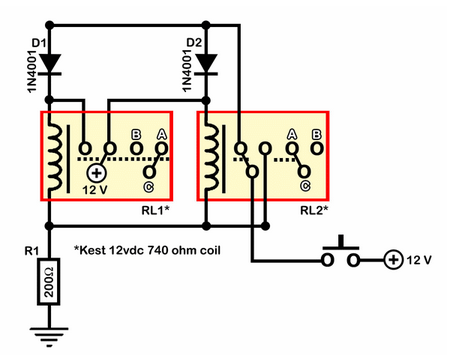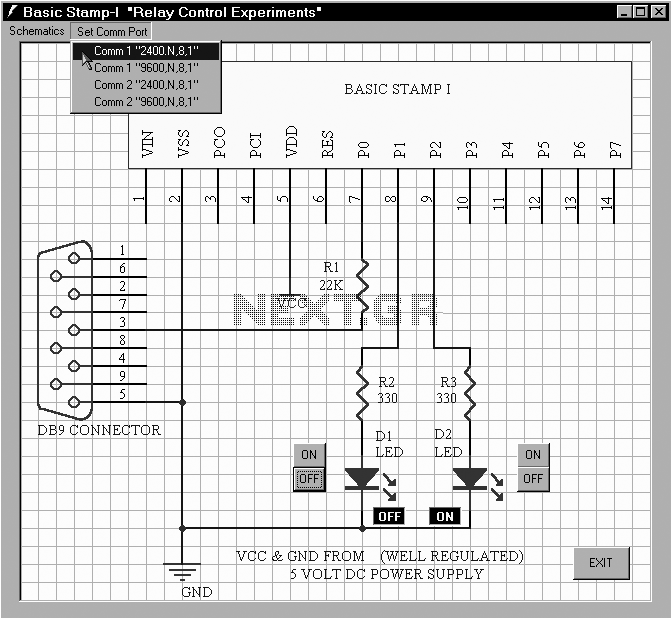
SMPSU With A Relay

Switched mode power supply units (SMPSUs) are popular but difficult to build oneself as well problematic when it comes to understanding their design principles.
Switched mode power supply units (SMPSUs) are widely utilized in various electronic applications due to their efficiency and compact size. They operate by converting electrical power from one form to another, typically from an AC source to a regulated DC output. The fundamental principle behind SMPSUs is the use of high-frequency switching to control the energy transfer, which significantly reduces energy loss compared to linear power supplies.
The design of an SMPS consists of several key components: a power switch (typically a transistor), a transformer, a rectifier, and a control circuit. The power switch alternates between on and off states, allowing energy to be stored in the magnetic field of the transformer during the 'on' state and released during the 'off' state. This switching action is controlled by a feedback loop that monitors the output voltage and adjusts the duty cycle of the switch to maintain a stable output.
The transformer in an SMPS is crucial, as it not only provides voltage transformation but also electrical isolation between the input and output. The rectifier converts the alternating current generated by the transformer back into direct current, which can then be smoothed using capacitors to provide a stable output voltage.
Understanding the design principles of SMPSUs involves grasping concepts such as duty cycle, switching frequency, and the role of feedback in regulation. The complexity of these systems can make them challenging to design and troubleshoot, but their advantages in terms of efficiency and size make them a preferred choice in modern electronic devices.
Overall, while SMPSUs are complex to construct and understand, their widespread application in consumer electronics, computer power supplies, and industrial equipment highlights their importance in the field of electronics.Switched mode power supply units (SMPSUs) are popular but difficult to build oneself as well problematic when it comes to understanding their design princ.. 🔗 External reference
Switched mode power supply units (SMPSUs) are widely utilized in various electronic applications due to their efficiency and compact size. They operate by converting electrical power from one form to another, typically from an AC source to a regulated DC output. The fundamental principle behind SMPSUs is the use of high-frequency switching to control the energy transfer, which significantly reduces energy loss compared to linear power supplies.
The design of an SMPS consists of several key components: a power switch (typically a transistor), a transformer, a rectifier, and a control circuit. The power switch alternates between on and off states, allowing energy to be stored in the magnetic field of the transformer during the 'on' state and released during the 'off' state. This switching action is controlled by a feedback loop that monitors the output voltage and adjusts the duty cycle of the switch to maintain a stable output.
The transformer in an SMPS is crucial, as it not only provides voltage transformation but also electrical isolation between the input and output. The rectifier converts the alternating current generated by the transformer back into direct current, which can then be smoothed using capacitors to provide a stable output voltage.
Understanding the design principles of SMPSUs involves grasping concepts such as duty cycle, switching frequency, and the role of feedback in regulation. The complexity of these systems can make them challenging to design and troubleshoot, but their advantages in terms of efficiency and size make them a preferred choice in modern electronic devices.
Overall, while SMPSUs are complex to construct and understand, their widespread application in consumer electronics, computer power supplies, and industrial equipment highlights their importance in the field of electronics.Switched mode power supply units (SMPSUs) are popular but difficult to build oneself as well problematic when it comes to understanding their design princ.. 🔗 External reference





